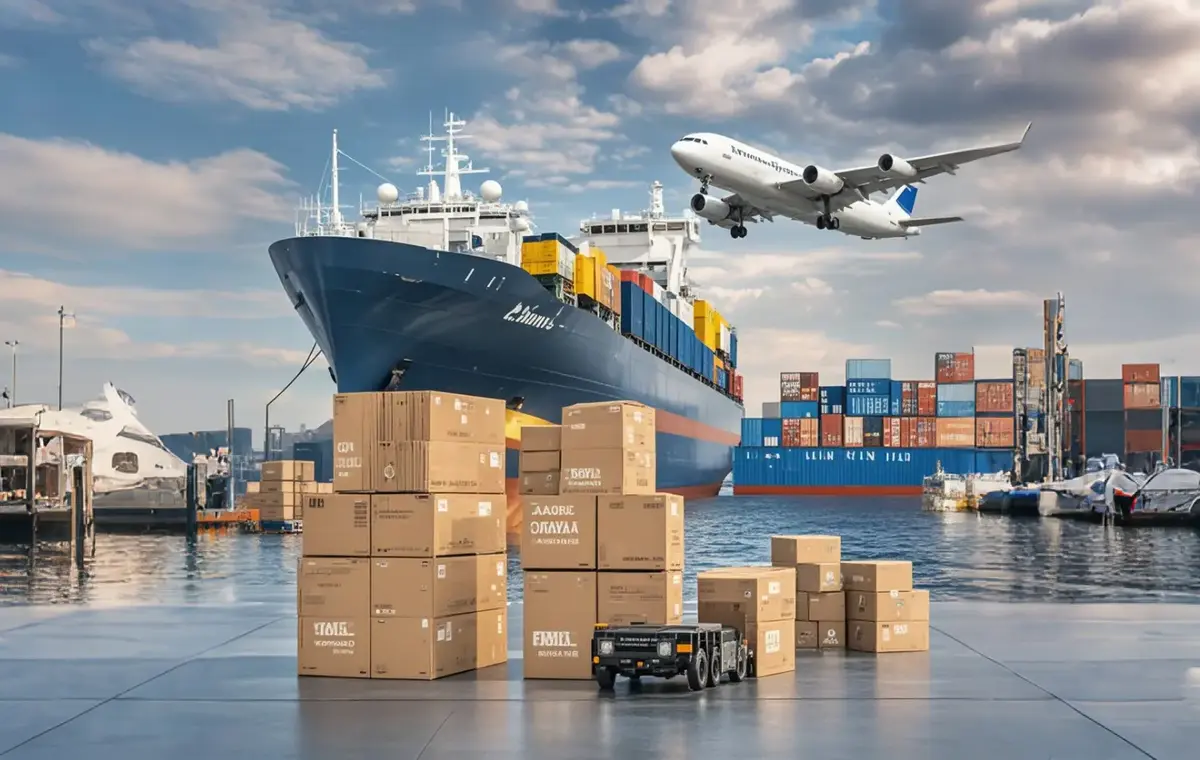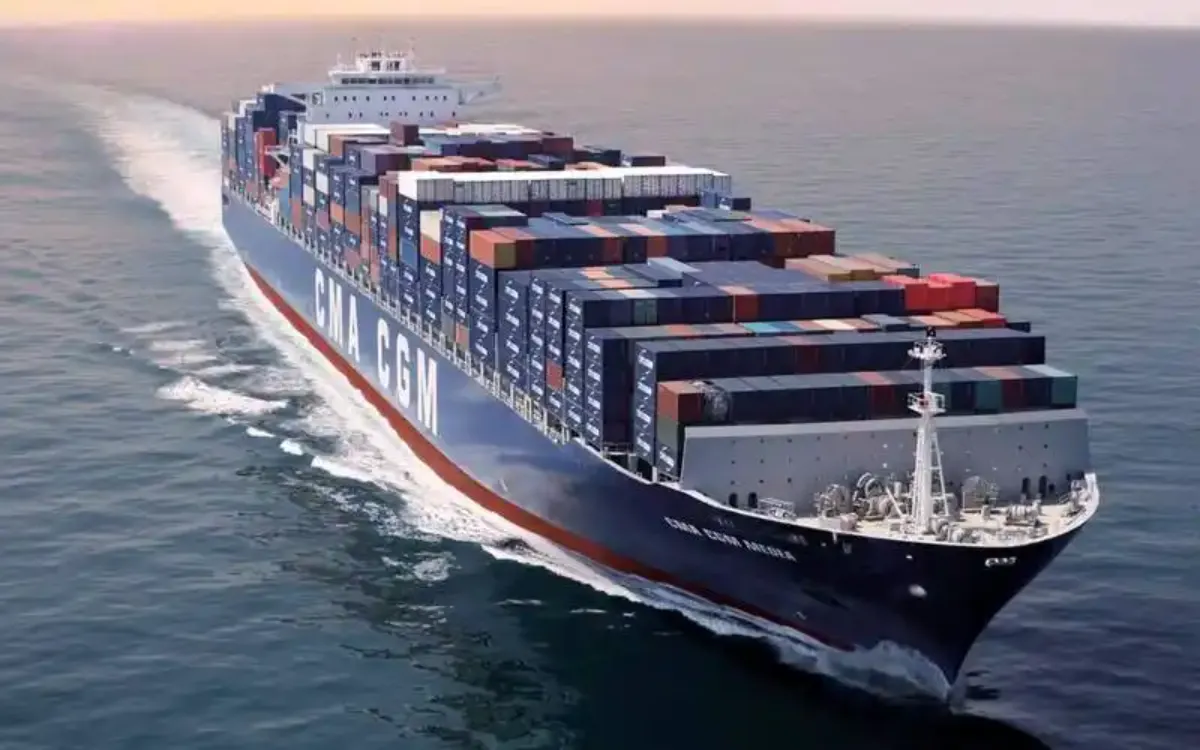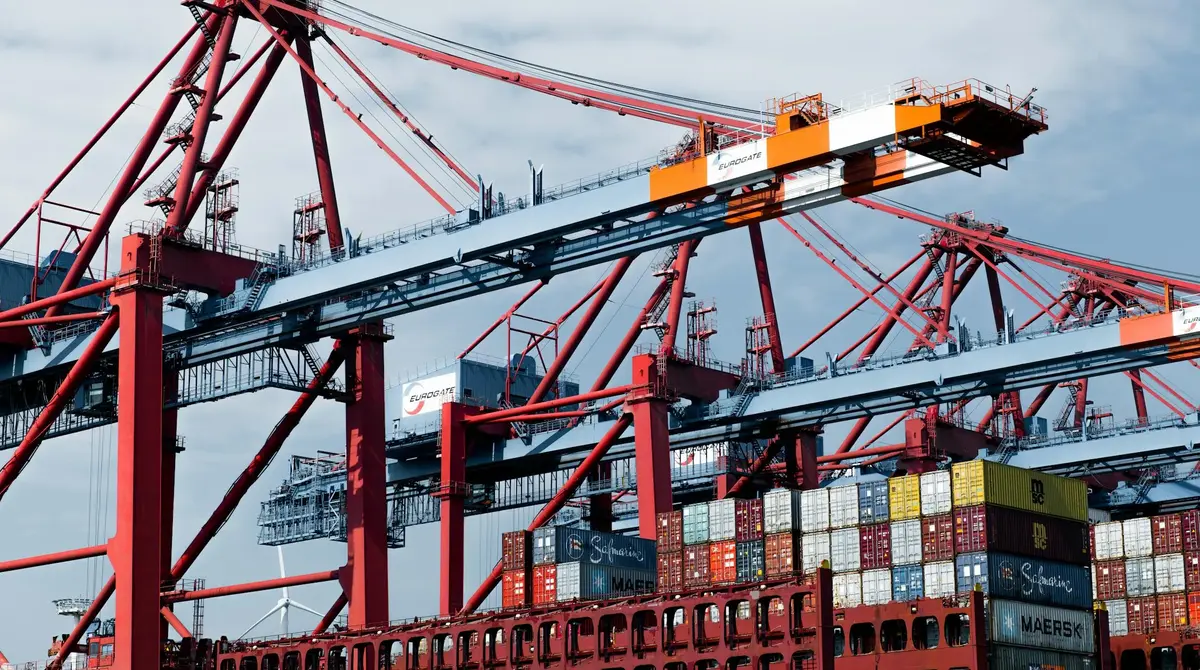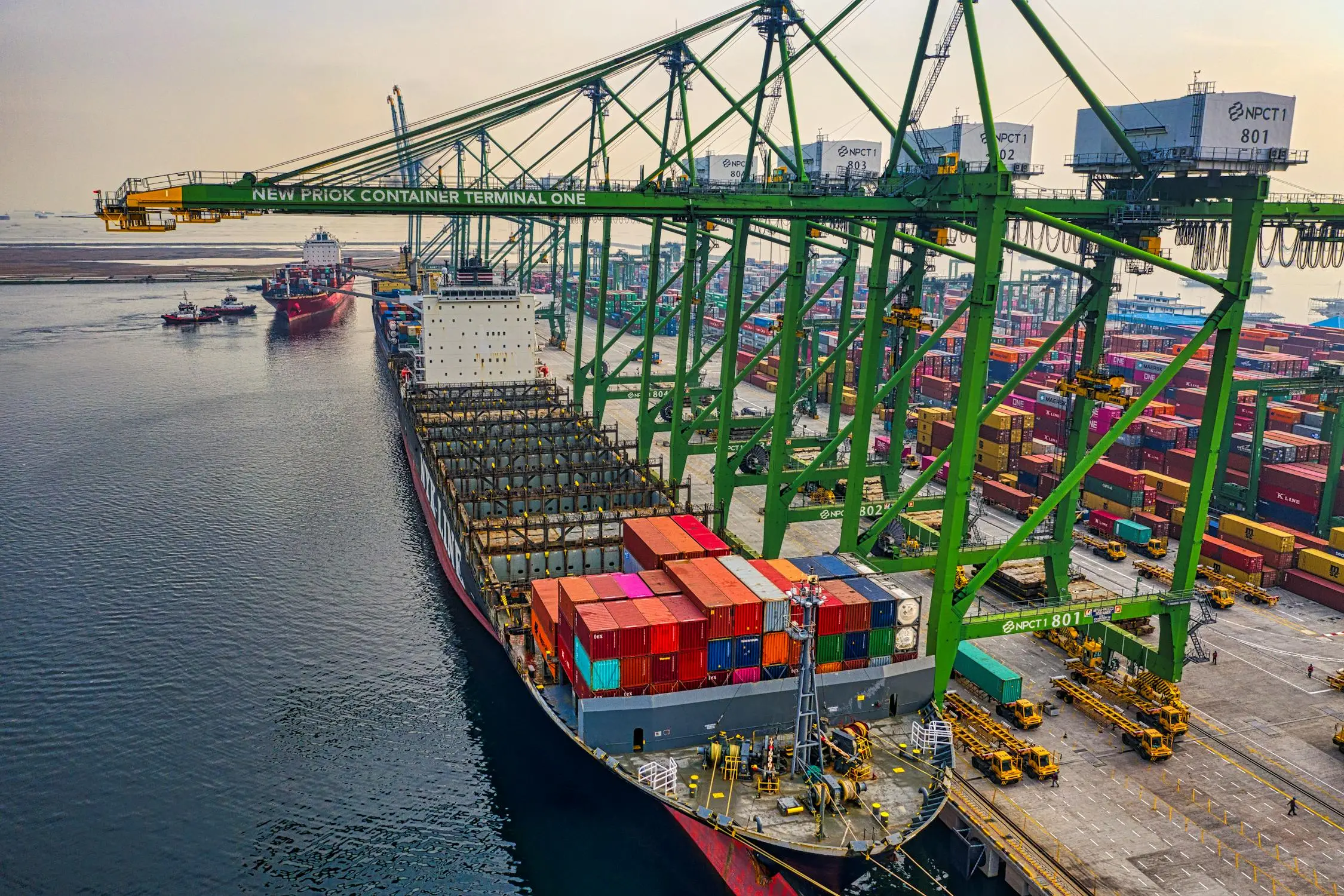The Evolving Landscape of Air and Ocean Logistics: Trends Shaping the Future
In the dynamic realm of global trade, air and ocean logistics, comprising modalities like Air freight, Ocean Freight (both Less than Container Load - Ocean LCL and Full Container Load - Ocean FCL), stand at the forefront of enabling the seamless movement of goods across continents. Their development trajectories are being sculpted by a confluence of technological, environmental, and market-driven forces, each with its own set of implications and opportunities.
Technological Integration: Bridging the Gap between Air and Ocean
The concept of multi-modal transportation, marrying the strengths of Air freight's blistering speed with the capacious and cost-effective nature of Ocean Freight, is set to burgeon. For time-sensitive yet voluminous shipments, an emerging trend is to utilize Ocean FCL for the bulk of the journey across oceans, leveraging its ability to accommodate large quantities of goods in a single container. Once nearing the destination market, a seamless transfer to Air freight for the final, rapid delivery leg ensures timely arrival. This synergy not only optimizes transit times but also curtails overall costs, enhancing supply chain efficiency. Take, for instance, the high-end electronics industry. Components sourced from multiple Asian suppliers might initially be consolidated in Ocean FCL shipments bound for manufacturing hubs in Europe or North America. When the finished products, like the latest smartphones with cutting-edge features, are ready for market launch, Air freight swoops in to ferry them swiftly to retailers across the globe, capitalizing on its speed to meet consumer demand during critical sales windows.
Digital Transformation: Unleashing Transparency and Intelligence
In the digital age, both Air freight and Ocean Freight sectors are undergoing a profound metamorphosis. IoT (Internet of Things) devices affixed to cargo containers in Ocean LCL or FCL shipments, as well as on pallets in Air freight, are enabling real-time tracking of goods. This level of supply chain visibility, powered by blockchain technology's immutable ledgers and big data analytics, is revolutionizing logistics management. Shippers can now monitor the temperature, humidity, location, and handling history of their goods, be it delicate perishables in an Ocean LCL consignment of fresh produce or high-value pharmaceuticals in an Air freight shipment. Moreover, data analytics is fueling intelligent decision-making. By crunching historical shipping volumes, transit times, and market trends, logistics providers can optimize flight schedules for Air freight, predict port congestion for Ocean Freight, and allocate resources more judiciously, streamlining operations and slashing costs.
Sustainability: Navigating the Green Imperative
With environmental concerns taking center stage globally, Air freight and Ocean Freight are under pressure to reduce their carbon footprints. In the Air freight domain, airlines are exploring alternative fuels, investing in more fuel-efficient aircraft designs, and optimizing flight paths to cut emissions. Meanwhile, the Ocean Freight sector is witnessing a shift towards cleaner energy sources for propulsion, along with enhanced vessel designs for better fuel economy. For Ocean LCL and FCL shipments, consolidating loads more efficiently to maximize container utilization is another green strategy. This not only minimizes the number of voyages needed but also reduces the energy expended per unit of goods transported. Additionally, ports are upgrading their infrastructure to handle greener operations, such as providing shore power for berthed vessels, furthering the sustainability agenda across the entire ocean logistics chain.
E-commerce Impact: Adapting to the Online Shopping Boom
The explosive growth of e-commerce has been a game-changer for Air and Ocean logistics. For Air freight, the demand for rapid, direct-to-consumer deliveries of small but valuable items, like luxury accessories or high-tech gadgets ordered online, has skyrocketed. To meet these expectations, last-mile delivery solutions are being refined, often integrating with local courier services for seamless handoffs. In the Ocean Freight realm, the influx of e-commerce orders, especially for household goods and apparel, has led to a surge in both Ocean LCL and FCL shipments. Retailers are leveraging LCL services to test new product lines in foreign markets with smaller consignments, while established bestsellers are shipped in FCL quantities to meet mass demand. The ability to handle the fluctuating volumes and tight delivery schedules of e-commerce shipments is becoming a key differentiator for logistics providers in this space.
Risk Management: Fortifying Supply Chains
In an era of geopolitical tensions, natural disasters, and trade uncertainties, robust risk management is non-negotiable for Air and Ocean logistics. For Air freight, potential disruptions due to airspace closures, labor strikes at airports, or fuel supply issues necessitate contingency plans. In Ocean Freight, factors like piracy threats in certain regions, extreme weather events disrupting shipping lanes, and complex trade regulations governing imports and exports (affecting both Ocean LCL and FCL operations) demand proactive mitigation strategies. This involves building resilient supply chains, diversifying transportation routes, maintaining buffer inventories, and collaborating closely with regulatory bodies to stay ahead of compliance changes, ensuring the uninterrupted flow of goods despite external challenges.
Market Competition and Consolidation: Striving for Dominance
The Air and Ocean logistics aren't immune to market forces, leading to intensified competition and a wave of consolidation. Larger players are acquiring smaller, niche logistics firms to expand their service portfolios, offering end-to-end solutions that encompass Air freight, Ocean LCL, and Ocean FCL services. This consolidation aims to achieve economies of scale, enhance bargaining power with suppliers, and provide customers with a one-stop-shop for all their logistics needs. Simultaneously, competition is spurring innovation in service quality, with providers vying to offer faster transit times, better tracking accuracy, and enhanced customer support, all while navigating the trends that are redefining the future of this vital industry.
In conclusion, the Air and Ocean logistics sectors, with their diverse freight options, are in a state of flux, evolving to meet the demands of a rapidly changing global trade environment. By embracing these trends, they will continue to underpin the world's economic connectivity, ensuring that goods traverse the globe efficiently, sustainably, and reliably.
 Easy Shipping From Global, Save Cost
Easy Shipping From Global, Save Cost














